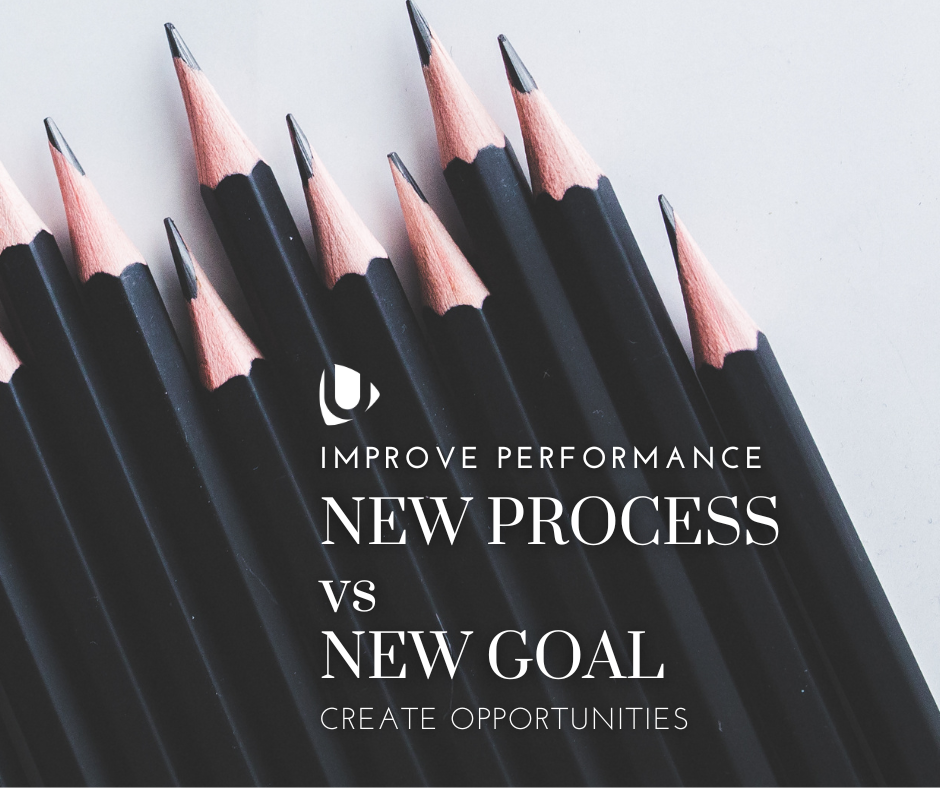Improving performance and solving problems are the constant challenges for companies, in the ever-evolving world of business.
Two prominent approaches arise: changing existing processes or creating new goals. Let’s delve into the pros and cons of both strategies, aiming to provide insights into making the best decision for your organization.
Improving performance by Changing Processes | Pros and Cons
Pros:
- Efficiency: Tweaking existing processes can lead to faster, more streamlined operations.
- Cost-Effective: Modifying current processes may be more budget-friendly than starting anew.
Cons:
- Resistance to Change: Employees might resist alterations to established methods.
- Potential Complications: Unexpected issues may arise during the change process.
Improving performance by Creating New Goals | Pros and Cons
Pros:
- Innovation: Setting new goals can lead to fresh perspectives and creative solutions.
- Alignment with Vision: New objectives may align better with the organization’s evolving vision.
Cons:
- Resource Intensive: Implementing new goals can require significant time, effort, and money.
- Potential Misalignment: If not carefully planned, new goals might clash with existing processes or culture.
Case Studies
Company A: SaaS Startup in tourism sector
-
- Problem: Public perception was shifting towards environmental consciousness.
- Solution: Set new sustainability goals to reduce carbon footprint: Move company office to a new, improved building, closer to public transport. Re-evaluate the contracts of some of the suppliers, who can comply with the new sustainability goals.
- Why: To align with customer values and enhance brand reputation.
- Result: Boosted customer loyalty and saw a 10% increase in sales from environmentally-conscious consumers.
The goal here is to promote the company’ s public image and reach a new audience demographic. The challenge could be resistance from some B2B customers, or even employees who would have to change their commuting plans.
Company B: Cosmetics production company based in Europe
-
- Problem: Increasing manufacturing costs hindering profit margins.
- Solution: Altered their manufacturing process to source materials locally, and increased their wholesale prices by 10%
- Why: To reduce costs and increase control over the supply chain.
- Result: Successfully reduced costs by 15% within a year
This plan is ambitious and the benefit can be extended to more than cost reduction. New materials can give Marketing a reason to re-launch the affected products, or even do a full rebranding.
Guidelines to Choose the Right Approach
Deciding between changing processes or creating new goals is context-specific. Consider factors like the nature of the problem, organizational culture, available resources, and alignment with long-term vision. Consult with stakeholders and assess both the short-term and long-term impacts. The choice is not always binary; sometimes, a combination of both approaches can yield optimal results.
Whether tweaking the wheel or charting a new course, the key is thoughtful analysis, clear communication, and strategic execution. Recognize that both paths have potential risks and rewards, and the best choice will depend on the unique needs and aspirations of your organization.
